High-Speed Data Cables for 5G Communication Equipment
In the era of widespread 5G network deployment, the massive deluge of data poses unprecedented challenges to the physical connections within and between communication equipment.
The limitations of traditional cables in transmission rate, anti-interference capability, and energy efficiency have become bottlenecks restricting the unleashing of 5G’s potential.
High-speed data cables, acting as the “nerves and blood vessels” of communication infrastructure, directly impact the high bandwidth, low latency, and high reliability characteristics of 5G networks.

Ⅰ. The Technological Foundation of 5G Cabling: The Contest Between Copper and Fiber
Shielded Twisted Pair (STP) cables like Cat 6A hold a significant position in the short-distance interconnection of internal equipment within 5G base stations due to their balanced cost-performance ratio and Power over Ethernet (PoE) capability. Their advantages include:
▪Supporting 10 Gbps high-speed transmission, meeting the data exchange requirements between AAUs (Active Antenna Units) and BBUs (Baseband Units).
▪Suppressing electromagnetic interference (EMI) inside base stations through foil/braid dual-layer shielding design.
▪Complying with stringent industrial standards like ANSI/TIA-568, ensuring stability in extreme temperatures ranging from -40°C to 70°C.
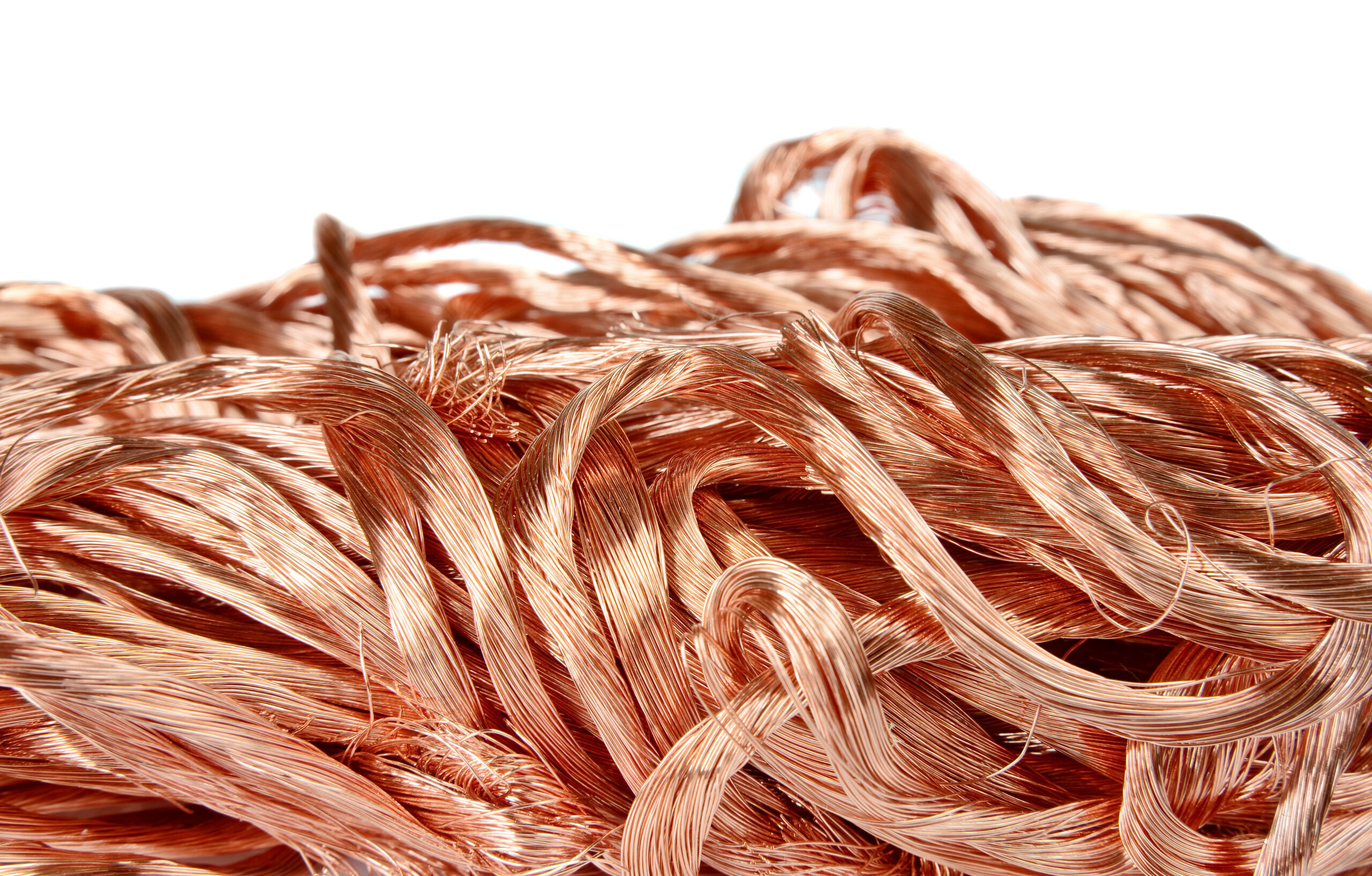
In 5G fronthaul/backhaul networks, OM4 multimode fiber and OS2 single-mode fiber are the preferred choices due to their physical properties:
▪Ultra-low latency (<1μs/km) and ultra-high bandwidth (supporting 100G-800G), meeting the requirements of 5G uRLLC (Ultra-Reliable Low Latency Communication) scenarios.
▪Natural immunity to electromagnetic interference, suitable for deployment in complex electromagnetic environments like high-voltage substations and industrial automation.
▪Technologies like polarization multiplexing developed by Universitat Politècnica de València (UPV), enabling dual-band (5-25GHz & 55-65GHz) transmission with a single laser, achieving 7.5Gbps aggregated rate over a 1km fiber link, significantly reducing CRAN architecture deployment costs.

| Property | Cat 6A Copper | OM4 Fiber | OS2 Fiber |
| Max Distance | 100 meters | 550m (10G) | 10km (10G) |
| Bandwidth | 500 MHz | 4700 MHz·km | Single-wavelength 100G+ |
| EMI Immunity | Relies on shielding | Complete Immunity | Complete Immunity |
| Application | Internal base station interconnect | Short-distance data center interconnect | Metro backhaul / Transoceanic links |
II. Innovations in 5G Fronthaul and Backhaul: The Cable Revolution under CRAN Architecture
Cloud Radio Access Network (CRAN) demands ultra-high-speed data exchange between base station RRUs (Remote Radio Units) and central processing units:
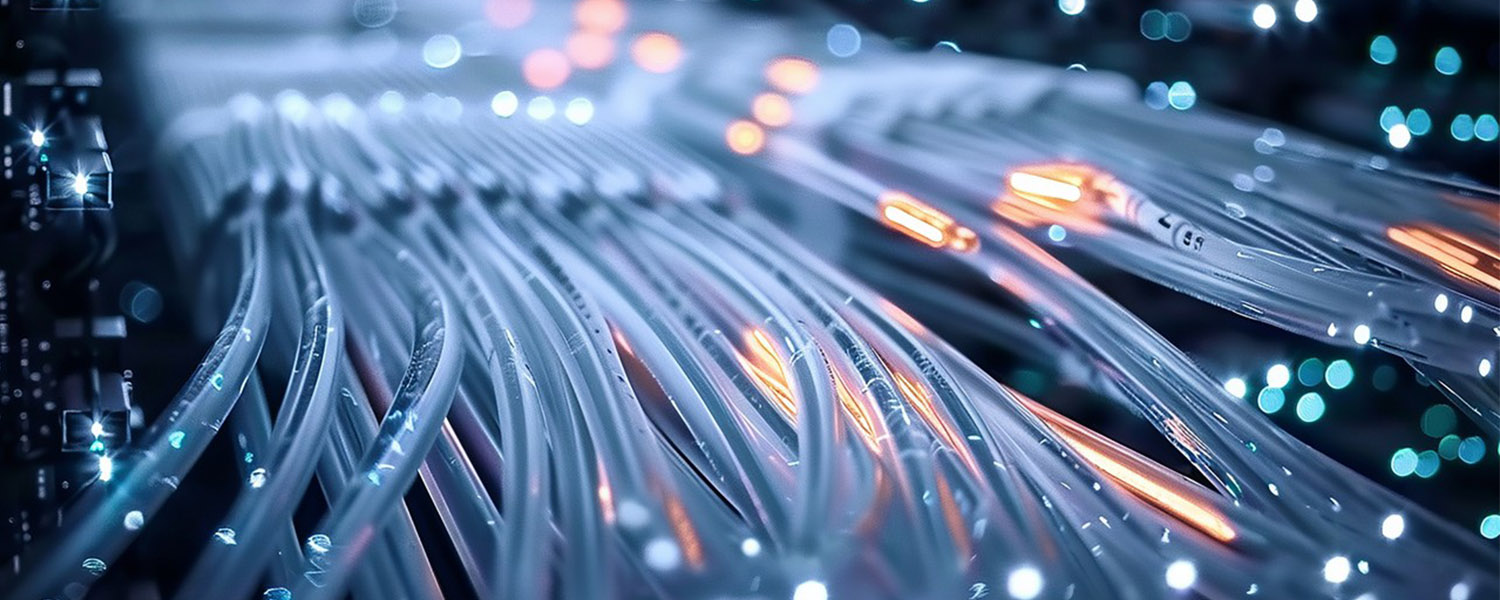
III. Innovations in High-Speed Transceivers and Circuit Design
The interconnection of chips within 5G equipment relies on advanced integrated circuit technologies:

IV. Wireless-Wired Convergence: Flexible Connectivity for 5G Extended Scenarios
In edge areas difficult to cover with fiber, high-speed wireless bridges become critical supplements:
- IP65 protection and 6kV lightning surge protection, adapting to harsh outdoor environments.
- -40°C to 70°C wide operating temperature range, ensuring stable operation in polar/desert base stations.
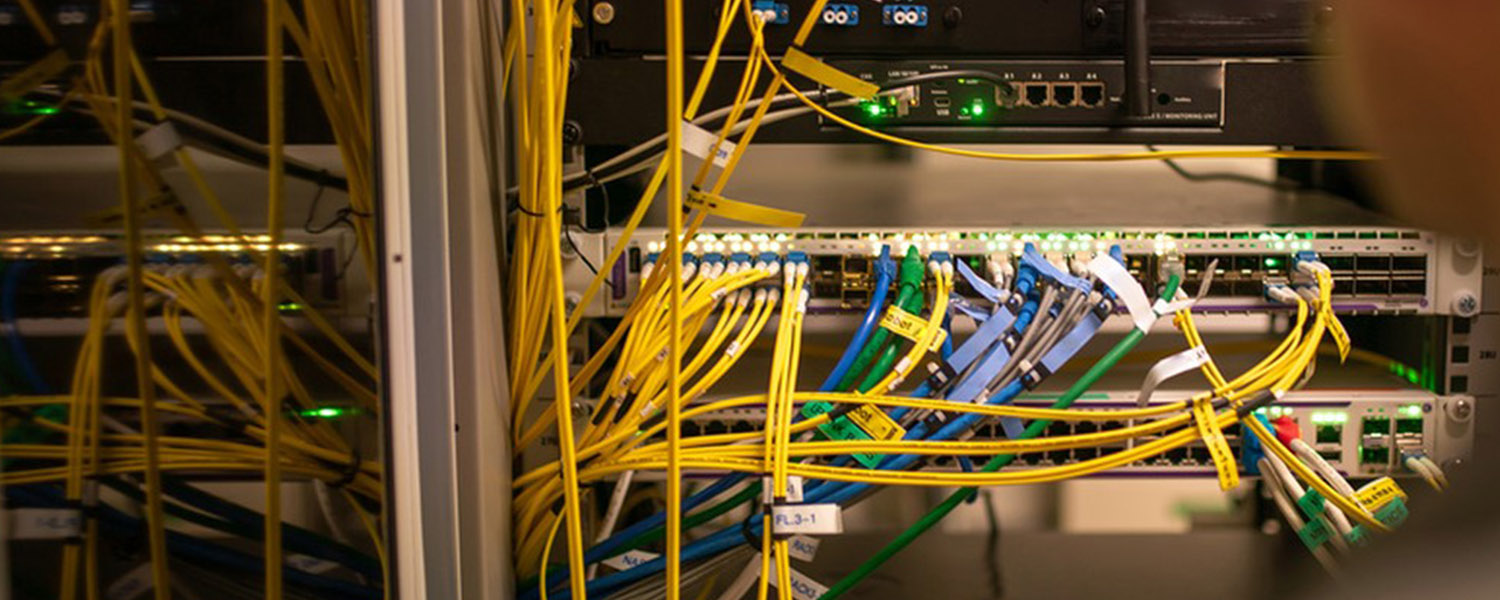
V. Transoceanic High-Speed Data Cables: The Cornerstone of 5G Global Interconnectivity
The world’s first 800GbE transoceanic trial completed by Nokia, Windstream, and Colt in 2024 marks a leap forward in submarine cable technology:
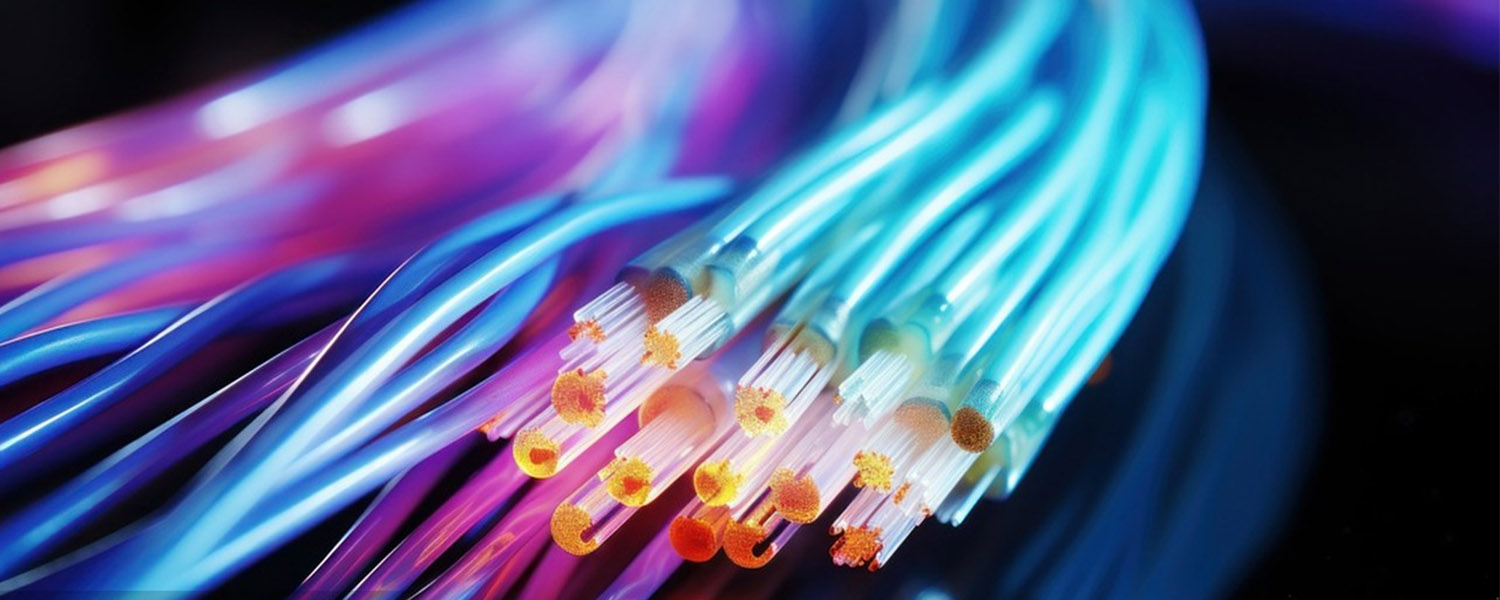
VI. Future Trends: Cable Technology Evolution Towards 6G
- Copper Cables: Tinned copper core + double-layer shielding structures (like Cat 6A fast-charging cables) enhance conductivity and durability.
- Fiber Optics: Hollow-core fiber (HCF) theoretically reduces latency by 30%, promising to break the speed of light limit (in practical applications)
- Smart PoE++ Technology: Delivering 90W power + 40Gbps data over Cat 8 copper cables, paving the way for integrated mmWave AAU deployment.
- Optical-Electrical Co-Management Chips: Such as Type-C cables with built-in voltage/current monitoring ICs, enabling coordinated optimization of power delivery and signal quality.
- Dual-band architectures based on polarization-switching capability will extend into the 140GHz band, supporting Tbps-level wireless backhaul for 6G.
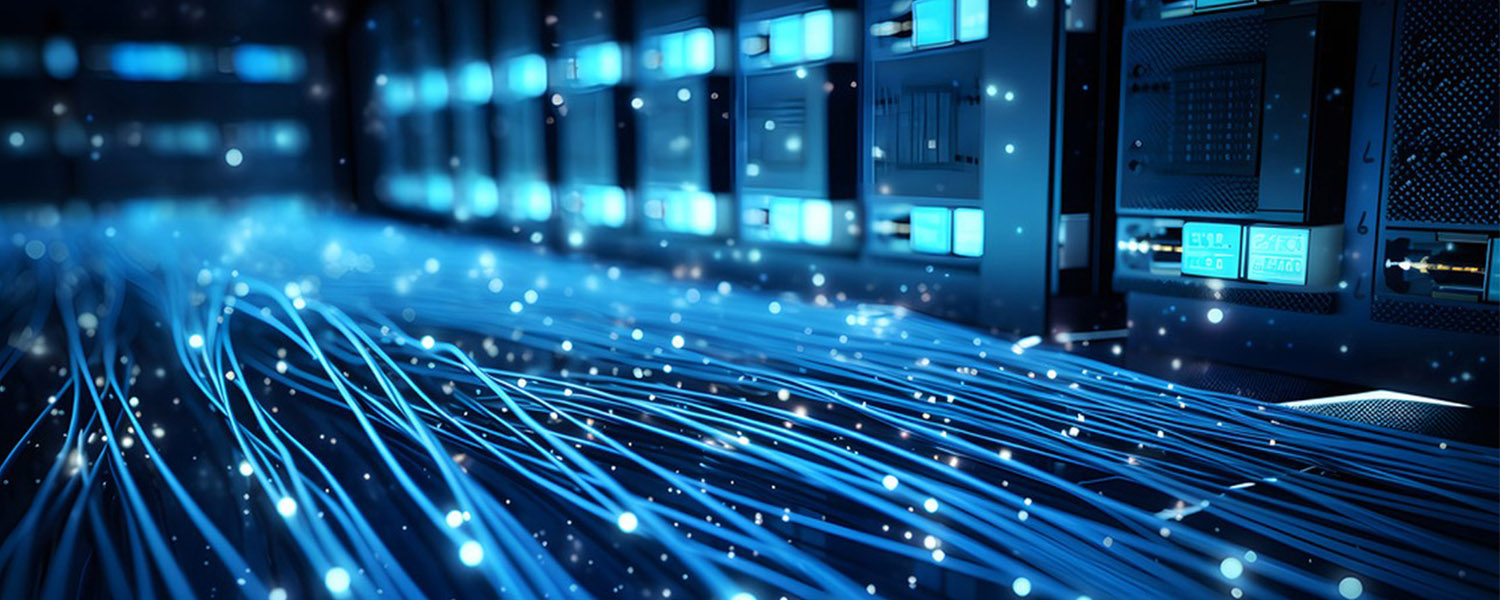
Conclusion
From the precision shielding layers of Cat 6A copper cables to the coherent optical engines of 800GbE submarine cables, high-speed data cables, as the “invisible backbone” of 5G communication, continuously innovate in resonance with network demands.
In the future, with the maturation of technologies like silicon photonics integration and hollow-core fiber, cables will achieve higher performance within smaller form factors.
As the Nokia trial demonstrated: when trading data from London’s financial center traverses the vast Atlantic Ocean to Chicago at 800Gb/s, every breakthrough in physical layer technology is reshaping the connectivity dimensions of the digital world.
Es sind keine Kommentare vorhanden.

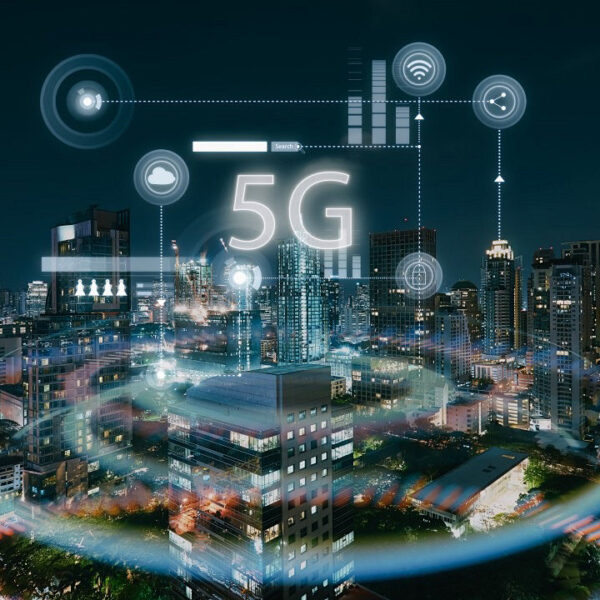

Kommentar verfassen